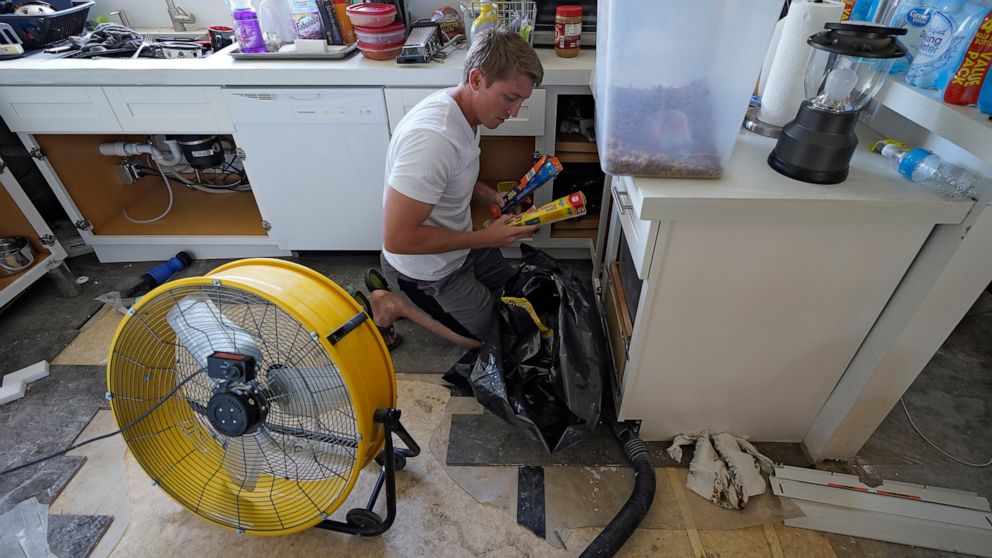


A dinger indicates a complete cycle and, voila, out comes a super-clean record. After a minute or so, the fluid drains back into its reservoir, starting a four- to five-minute blow-dry cycle. Four microfiber rotors gently agitate the cleaning fluid around both record sides. Pushing the “on” button transfers the cleaning fluid from the reservoir to the trough that, when full, initiates a record spin cycle. The record is placed into a main trough between two rubber guides. A proprietary sponge goes into a small side trough and, during the cleaning cycle, traps debris. You add 4.5 liters of distilled water and a 20ml flagon of proprietary cleaning solution, which enters a reservoir. Otherwise, the previously cleaned side again becomes soiled.īy contrast, the ADS Vinyl Cleaner stands upright, eliminating the turntable from the equation. It’s absolutely essential that the cleaner’s turntable surface remains ultra-clean. When one side is cleaned (often with a suction system), you have to flip the disc and clean the other side. The ADS Vinyl Cleaner dramatically differs from most other record cleaners that require placing your beloved platters on a turntable, applying some kind of cleaning fluid, and spinning the record. There are Record Cleaners, and Then There are Record CleanersĪudio Desk Systeme, Reiner Glass’ German-based company, specializes in LP and CD cleaning equipment. Robert Stein of Ultra Systems, the exclusive Audio Desk Systeme distributor in the US, kept dropping one LP after another into the gaping maw of this modern marvel. I first saw the Audio Desk Systeme Vinyl Cleaner at the 2011 T.H.E.
SANTANNA DESKTOP CLEANER FULL
By way of full disclosure, I own more than 10,000 LPs and two record cleaning machines, the VPI 17F and Loricraft PRC 3 (a “poor man’s” KMAL). The vinyl renaissance has since yielded many options between such price extremes.
SANTANNA DESKTOP CLEANER PROFESSIONAL
You could start with the VPI 16.5 or Nitty Gritty 1.0 (each about $400 to $500), or move to the mega-buck Keith Monks KMAL (about $5000) professional record cleaner. The demand for more effective record cleaners led to automated or semi-automated machines. Suction-mounted to the turntable plinth, it had a plastic arm terminating in a small brush and plush roller that swept the grooves and picked up, well, dust. The search for the ultimate groove cleaner, as older vinyl enthusiasts may remember, began with the Cecil E. If you groove to the beautiful music that black vinyl discs produce, then you understand that there is a price of admission charged by the noise that gunks up the grooves.


 0 kommentar(er)
0 kommentar(er)
